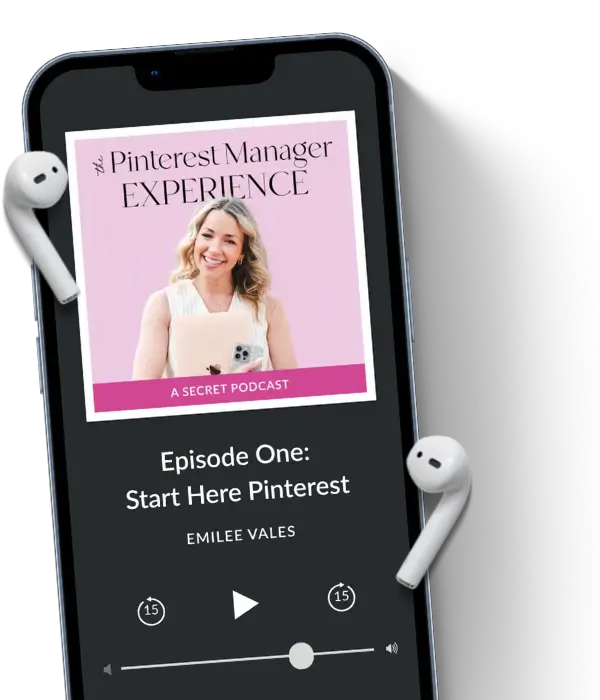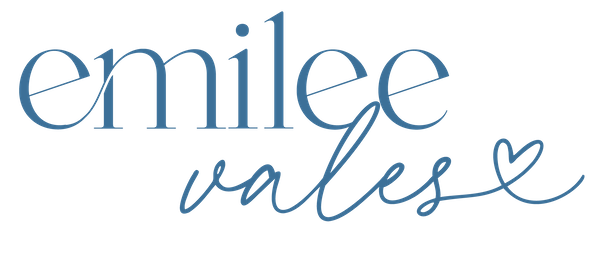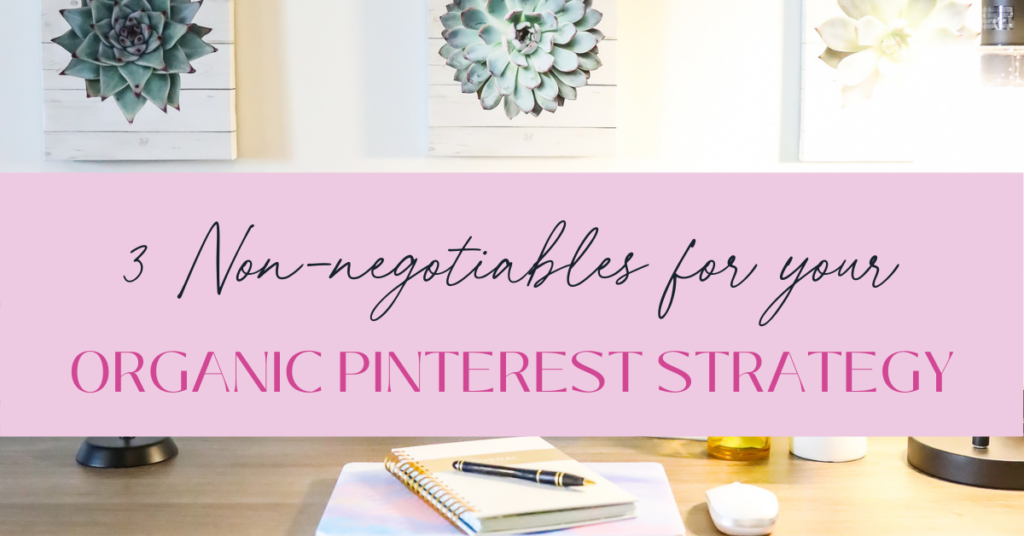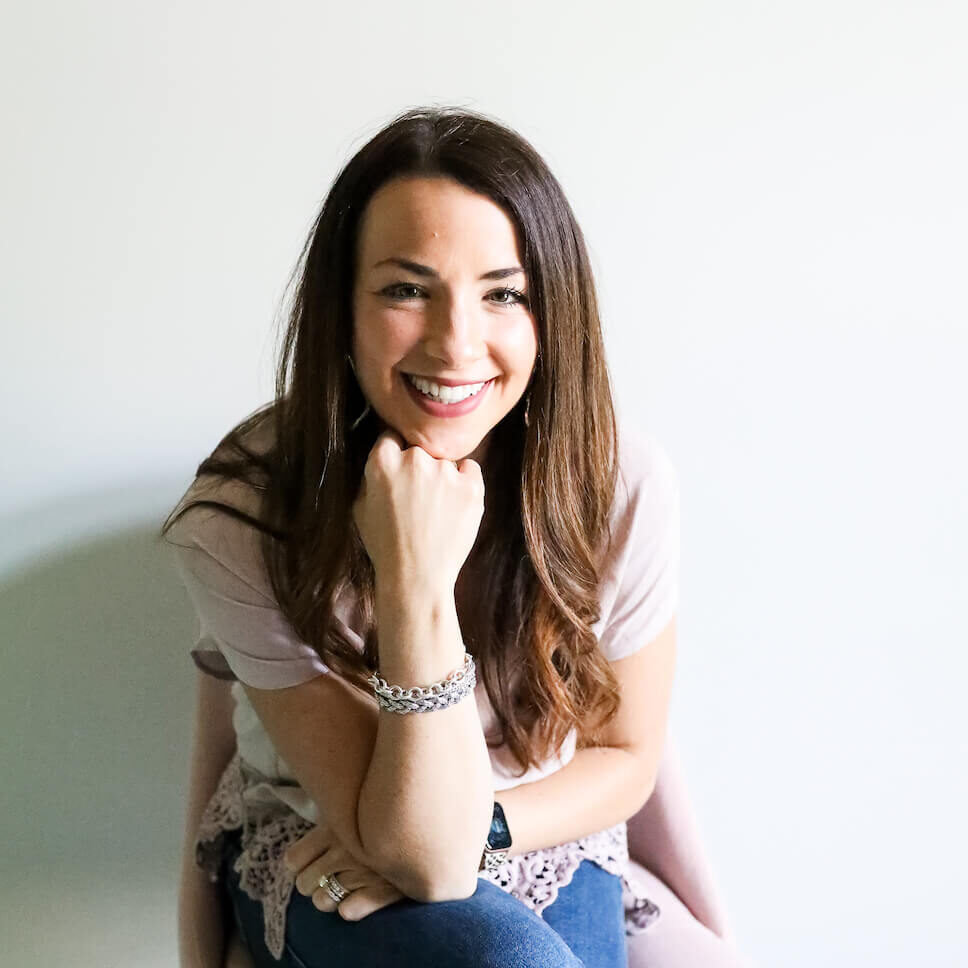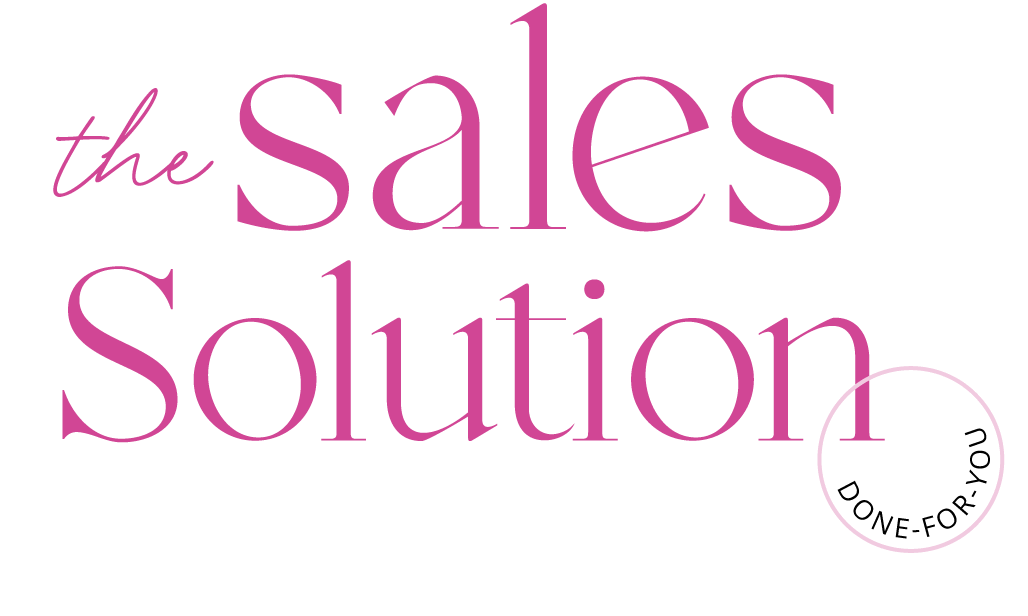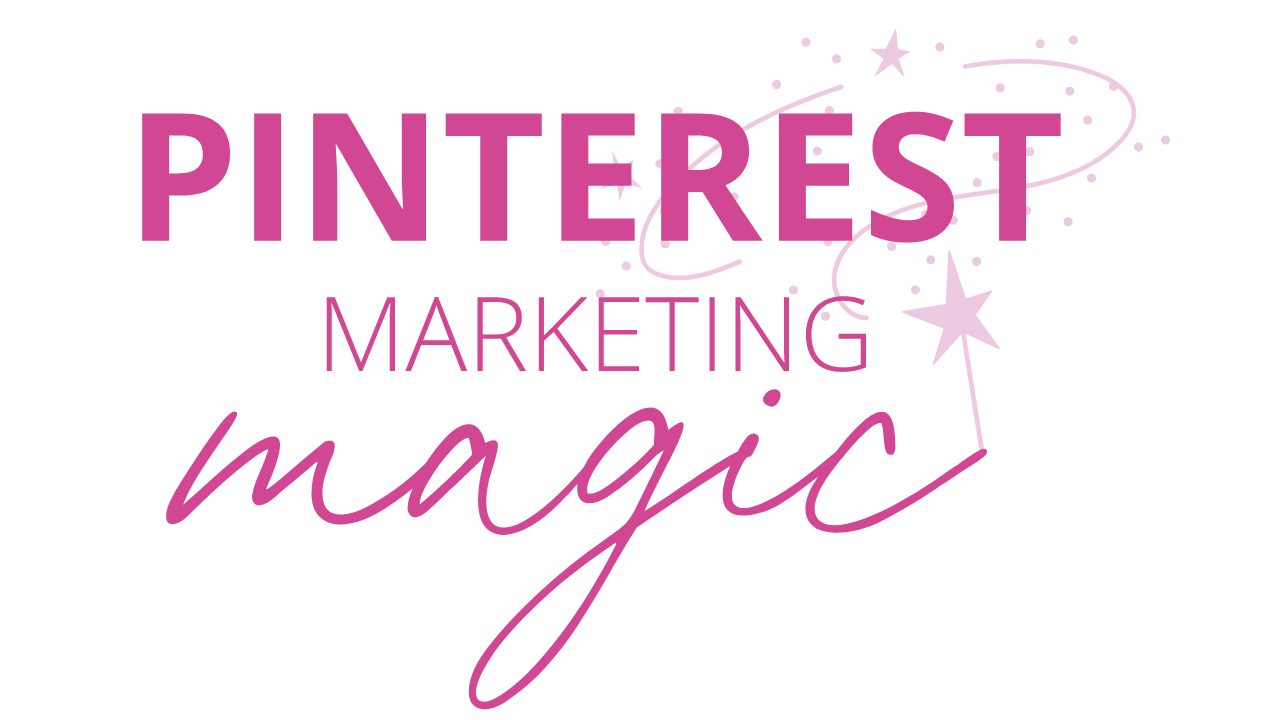Whether you’ve had an organic Pinterest strategy in place for a while (pssst if you aren’t sure what an organic Pinterest strategy is, check out this blog post), or you’re just getting started on Pinterest, check out these 3 Pinterest non-negotiables for your business.
Like any platform, Pinterest takes time and effort in order for consistent marketing to pay off for your business. If you are overlooking, or maybe choosing to ignore, these 3 key steps I’m covering today, you’re most likely not going to see the growth you’re hoping for with your marketing efforts on Pinterest!
Without further ado, let’s dive into these non-negotiables!
Non-negotiable #1: Confirming your domain
Confirming your domain on Pinterest is a basic step to setting up your account, but really a vital step toward optimizing your profile. So why is confirming your domain so important?
- Confirming your domain unlocks the important business analytics about your Pins on Pinterest. I’m not just talking about the Pins you’re creating, but also the analytics of pins that other people are pinning from your site.
- It helps with the authenticity of your account because you’ll have your profile photo show up with all pins from your website.
- Not only will your profile photo show up next to your Pinterest account when you confirm your domain, but also the “follow” button. And now with Idea Pins, we are seeing that followers really do play a role in account engagement and growth. This means that the number of followers is a number we should be paying attention to.
- When people go to your website, they’ll see the little globe icon with a check mark meaning your domain is confirmed. This gives Pinterest users added confidence in your brand and authenticity.
So how do you go about confirming your domain? You can do that by:
1. Adding an HTML tag to your website
Or
2. Uploading an HTML file
Need more help? Here’s a great tutorial from Tailwind that also offers screenshots with specific directions for confirming your domain!
Non-negotiable #2: Creating content regularly from your confirmed domain
It’s vitally important to create Pins from your domain. The pins that are from your confirmed domain perform much better than the pins you share from other domains.
Here’s why:
When you share pins from your confirmed domain, Pinterest is indexing that content differently than content that’s not from your confirmed domain. This means that pins from your confirmed domain are quite literally distributed differently!
So what type of content might you pin from other domains?
Here are some examples (just to name a few):
1. Teachers Pay Teachers (TpT)
2. Amazon
3. Apple podcasts
4. YouTube
5. Etsy
6. Instagram
Now, you can claim your Instagram, Etsy, and YouTube accounts, but if you’re sharing pins from websites such as TpT, there’s no way to claim that domain. So with my clients, I do not focus heavily on creating pins for those other domains that they do not own.
Non-negotiable #3: Creating long-form content for your confirmed domain
Here’s my unpopular opinion –> you need a blog! I say this because you need to serve long-form content to your audience, and I want to see businesses share this long-form content from their confirmed domain.
Long-form content is the most powerful way to nurture your audience, and share content that is savable and actionable (so people are not just saving your pins to their boards, but actually taking the action you’re asking them to take such as signing up for your email list!).
I feel passionate about business owners using Pinterest having a blog and sharing long-form content because after years of hands-on experience, I can see the difference.
Even working with different businesses and niches, the ones that I’ve worked with that share educational ideas, inspiration, tutorials, DIYs, etc. see so much more growth than those that don’t.
It’s non-negotiable to nurture your audience. Even if you do blog, if you are typically sharing a few surface-level tips, that’s still not nurturing your audience in the same way.
Exceptions?
If you absolutely do not want to blog, it could be something that you outsource, or you could share audio or video content.
Audio could be your podcast, so maybe you share a weekly post from your confirmed domain that gives the notes to your podcast episode (obviously also embed that episode for site visitors to listen to!). You could also embed YouTube video content into a post, so you’re still sharing content from your confirmed domain.
If you are sharing this type of content, it will be vital that you keep a pulse on the analytics and performance. This is the biggest and best indicator of what’s working for your unique business.
If you’re interested in learning more about Pinterest marketing, be sure to grab my FREE Pinterest strategy guide – an easy 7-step process to get your Pinterest marketing off and running!
